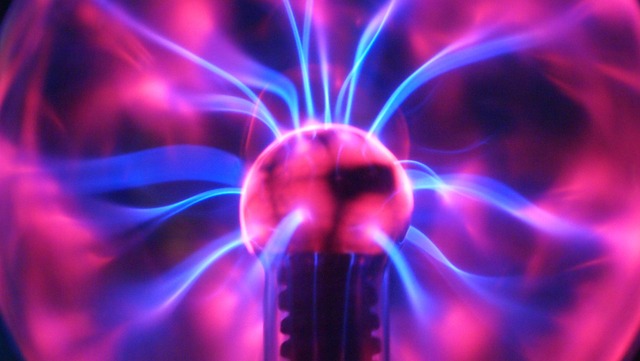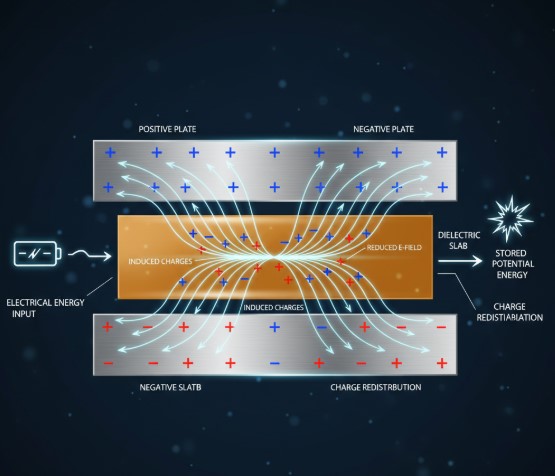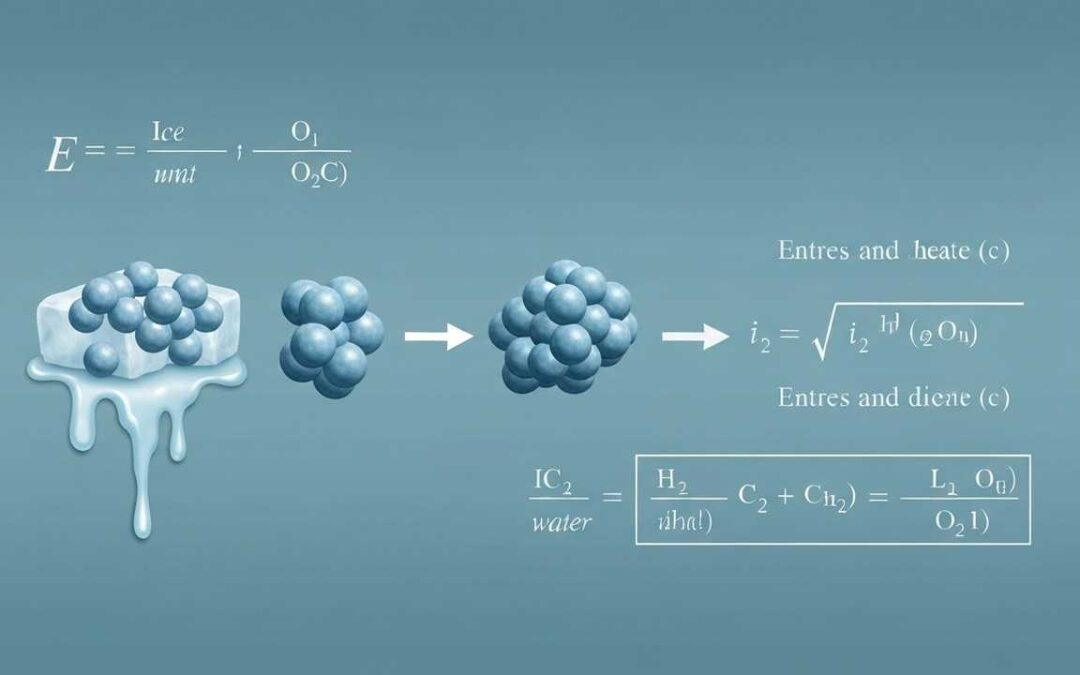In this blog post, we’ll explore the fascinating world of static electricity. From the little sparks you might notice when taking off a sweater to the awe-inspiring displays of lightning, static electricity is a ubiquitous phenomenon that affects our daily lives in countless ways. We’ll examine the fundamental principles behind this everyday occurrence, including the concepts of charge accumulation and discharge. This exploration of static electricity will delve into the physics behind the phenomenon and provide a clear understanding of its role in our world.
Today, I will discuss how static electricity arises from an imbalance of electric charges. This imbalance persists until the charges can move away, either through an electric current or a discharge. The term “static” emphasizes that these charges remain stationary until a path for discharge is available. This imbalance of charges creates an electric field, and its manifestations vary depending on the magnitude of the imbalance and the surrounding environment. Understanding these concepts is key to appreciating the physics behind static electricity and its various applications.
Table of Contents
We also Published
“Understanding the principles of static electricity is essential for predicting and mitigating its effects in various applications.”
Static electricity is a fascinating phenomenon that affects our daily lives, from the sparks we see when taking off synthetic clothing to the awe-inspiring displays of lightning during thunderstorms. This blog post will delve into the principles behind static electricity and explore its various manifestations.
Static Electricity: The Fundamentals
Static electricity arises from an imbalance of electric charges within or on the surface of a material. This imbalance persists until the charges can move away, either through an electric current or a discharge. The term “static” highlights that these charges remain stationary until a path for discharge is available. This imbalance of charges creates an electric field, which can manifest in various ways, depending on the magnitude of the imbalance and the surrounding environment.
The accumulation of static electricity is a common occurrence in our daily lives. We often experience it when removing synthetic clothing or walking across a carpet. The friction between materials transfers electrons, creating a charge imbalance. This imbalance is harmless in most cases, but can be a significant safety concern in certain environments, like those with flammable materials or sensitive electronic equipment. Understanding the principles of static electricity is essential for mitigating potential risks and appreciating the underlying physics of this common phenomenon.
Charge Accumulation and Discharge
The accumulation of static electricity is often a result of friction. When two materials rub against each other, electrons can be transferred from one material to the other. This transfer creates an imbalance of positive and negative charges, leading to a buildup of static electricity. The magnitude of the charge buildup depends on the materials involved and the intensity of the friction. The charges remain localized until a pathway for discharge is created.
Discharge occurs when the accumulated charges find a path to equalize. This can happen in various ways, including through a spark, a shock, or a more gradual leakage of charge. The visible spark we see when removing synthetic clothing is a rapid discharge of static electricity. Lightning, on the other hand, is a dramatic discharge on a massive scale, occurring when the charge imbalance in clouds reaches a critical point. Understanding the mechanisms of charge accumulation and discharge is crucial to appreciating the behavior of static electricity.
The Role of Friction in Static Electricity
Friction plays a critical role in static electricity. When two surfaces rub against each other, electrons can be transferred from one material to the other. This transfer of electrons creates a charge imbalance, resulting in static electricity. The materials involved in the friction determine the extent of charge transfer and the magnitude of the static charge buildup. The nature of the materials’ surfaces and their chemical composition also influence the process. The amount of friction, the contact area, and the relative conductivity of the materials are key factors in determining the static charge buildup.
Understanding the relationship between friction and static electricity is essential for predicting and mitigating the effects of static charge buildup in various applications. For example, in industrial settings, where static electricity can pose a significant safety hazard, understanding the role of friction in static electricity buildup is crucial for implementing appropriate safety measures. This knowledge is crucial for designing and implementing systems to prevent static electricity buildup, thus reducing the risk of sparks or shocks.
Applications and Safety Considerations
Static electricity has both beneficial and detrimental applications. In some industries, like printing and painting, static electricity is utilized to ensure the uniform distribution of materials. However, in other situations, like handling flammable materials or sensitive electronic components, static discharge can pose significant risks. Understanding the potential for static electricity is critical for safety measures in these environments.
Safety precautions are essential to mitigate the risks associated with static electricity. In environments where flammable materials are present, grounding procedures and antistatic measures are critical to prevent static discharge from igniting the materials. Similarly, in electronics manufacturing, antistatic bags and grounding procedures are implemented to prevent static electricity from damaging sensitive components. These safety precautions are crucial to prevent accidents and ensure the safety of personnel and equipment.
Similar Problems and Solutions
Problem 1:
Calculate the force between two charges of ##+2C## and ##+4C## separated by a distance of ##1m## in a vacuum.
Solution: ##F = k \frac{q_1 q_2}{r^2} = 9 \times 10^9 \frac{(2)(4)}{(1)^2} = 72 \times 10^9 N##
Problem 2:
What is the electric field strength at a distance of ##0.5m## from a point charge of ##-3C##?
Solution: ##E = k \frac{q}{r^2} = 9 \times 10^9 \frac{-3}{(0.5)^2} = -108 \times 10^9 N/C##
Problem 3:
Determine the potential difference between two points ##0.1m## apart if the electric field strength is ##2000N/C##.
Solution: ##V = E \times d = 2000 \times 0.1 = 200 V##
Problem 4:
Calculate the capacitance of a parallel plate capacitor with plates of area ##1m^2## separated by ##0.01m## in a vacuum.
Solution: ##C = \frac{\epsilon_0 A}{d} = \frac{8.85 \times 10^{-12} \times 1}{0.01} = 8.85 \times 10^{-10} F##
Problem 5:
A current of ##2A## flows through a resistor of ##10Ω##. Calculate the voltage drop across the resistor.
Solution: ##V = I \times R = 2 \times 10 = 20 V##
Static Electricity: A Comprehensive Overview of Fundamentals and Applications
- Static electricity’s origins: Static electricity arises from an imbalance of electric charges on a material’s surface. This imbalance persists until the charges can move away, either through a discharge or an electric current. The “static” aspect highlights that these charges remain stationary until a discharge path is available.
- Charge accumulation and discharge: Charge buildup often results from friction. When materials rub against each other, electrons are transferred, creating a charge imbalance. This imbalance leads to static electricity. Discharge happens when the accumulated charges find a path to equalize, like a spark or a gradual leakage.
- The role of friction: Friction is crucial in static electricity. The friction between materials transfers electrons, causing the charge imbalance. The nature of the materials, the contact area, and the intensity of friction all influence the amount of charge buildup.
- Applications and safety considerations: Static electricity has both beneficial and detrimental applications. In some industries, it’s used for uniform material distribution, but in others (like handling flammable materials), it poses significant risks. Safety precautions are vital in these environments to prevent accidents.
- Practical examples: We experience static electricity daily, from sparks when removing synthetic clothing to the dramatic displays of lightning. Understanding these examples helps us grasp the underlying physics.
- Problem-solving examples: The blog post includes examples of calculating force, electric field strength, potential difference, capacitance, and voltage drop. These examples illustrate how the principles of static electricity are applied in problem-solving.
We also Published
RESOURCES
- What Is Static Electricity?
- Static Electricity and Static Discharge
- Static electricity – BBC Bitesize
- What causes static electricity?
- Static electricity
- Learn about electrostatic discharge and how humidity control |
- Static electricity | Causes, Examples, Facts, & Description
- Static Electricity: Causes, Effects and Prevention
- What Problems are Caused by Static Electricity?
- Static Electricity
- Static Electricity: A Fascinating Phenomenon





0 Comments